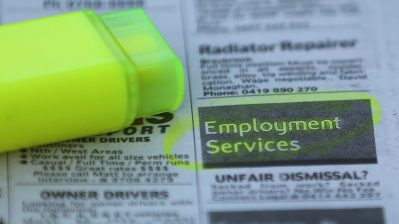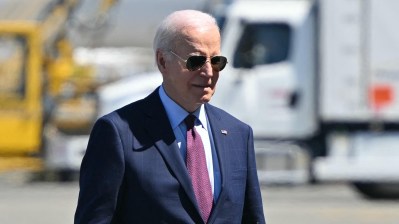American technology, Chinese pollution
It’s been dubbed by foreign media as “the Airpocalpyse” — when smog levels in Beijing go beyond what monitoring machinery is able to read.
A hundred miles east of the city, along the swamp surrounding the Bohai Sea, the foul, gray, soupy air is even more airpocalyptic, thanks to a concentration of industrial plants. On an island shrouded in smog, Capital Steel produces 10 million tons of steel a year, and millions of tons more of carbon dioxide – a greenhouse gas. But Capital Steel’s Wang Xi insists a new revolutionary project could change this: “If it’s a success, we will take gases that are now burned and released as carbon dioxide and turn them into liquid fuel instead,” says Xi, pointing to a tower of tangled pipes and valves.
Capital steel has partnered with Chicago-based Lanzatech to build a pilot plant that will trap the mill’s carbon emissions. Lanzatech engineer Jason Bromley stands in front of a five-story column of pipes and tanks. Inside, a special water-borne bacteria feeds on carbon monoxide and, after fermenting for a half day, the concoction turns into ethanol. “You can chuck that straight into most cars,” says Bromley, patting one of the ethanol tanks. “In fact, you can blend 10 percent in any car and most modern cars you can blend 20 to 30 percent.”

LanzaTech’s pilot plant at Capital Steel’s mill in Hebei province. Inside these tanks, carbon monoxide is mixed with bacteria, water, and other chemicals to produce ethanol. The process reduces the mill’s carbon emissions by a third.
If the pilot project is successful, it could someday cut the steel mill’s carbon emissions by a third, reduce the mill’s particulate pollution, and manage to pump out 5,000 gallons of ethanol a day. The profits from selling the ethanol, says Bromely, would more than offset the cost of the project. At this stage, Capital Steel – known in Chinese as Shougang Group – is funding the joint venture in return for a license to use Lanzatech’s technology.
“Our value in that JV has come from providing the technology and the IP whereas Shougang group themselves actually put the real cash down themselves to build the plant,” says Bromley.
It’s American technology combined with Chinese funding – a potential template for cleaning up what’s becoming a global environmental mess.
At the Shangri-La hotel in downtown Shanghai, businessman Andrew Chung takes a breather in the lobby. He’s here to set up deals for U.S. clean tech companies. “There are many, many opportunities for U.S.-based companies to explore technology, expansion and adoption in a place like China, because there is such a strong demand for the technology. For the country’s survival,” says Chung, who works as a partner at Khosla Ventures.
The venture capital fund was established by Sun Microsystems co-founder Vinod Khosla. Half of Khosla’s $2.5 billion fund has gone to clean tech companies. A few of them operate in China, like Lanzatech and a green engine company from Detroit called EcoMotors, but Chung is surprised more American tech companies aren’t interested in China. “I think very few realize that the Chinese government is putting anywhere from $60 to 80 billion a year, every year, for the next ten years into clean tech related investments, versus the U.S., where the dollars are a fraction of that,” says Chung.
Chung says many U.S. companies are hesitant about China, mostly due to concerns about losing control of their intellectual property. And some have an outdated perspective on the country, something Chung witnessed firsthand at a recent White House roundtable on manufacturing he attended.
“One of the folks on the roundtable who was a C-level executive of a very well-known U.S. equipment company, basically said to me, ‘Well don’t they manufacture very simple things in China? Are they gonna be able to get to the level of quality that you need?’ I just was stunned and speechless. I kind of thought, ‘Hmm, well where you have been in the last decade?’”
Chung says this attitude that American technology is far superior to what the Chinese can do is a dangerous one. Despite his work putting U.S. and Chinese partners together, Chung says one of his biggest worries is that if the US government and its corporate interests don’t move quickly enough to fund clean tech start-ups, those American start-ups will have no choice but to take their ideas elsewhere.
There’s a lot happening in the world. Through it all, Marketplace is here for you.
You rely on Marketplace to break down the world’s events and tell you how it affects you in a fact-based, approachable way. We rely on your financial support to keep making that possible.
Your donation today powers the independent journalism that you rely on. For just $5/month, you can help sustain Marketplace so we can keep reporting on the things that matter to you.


















